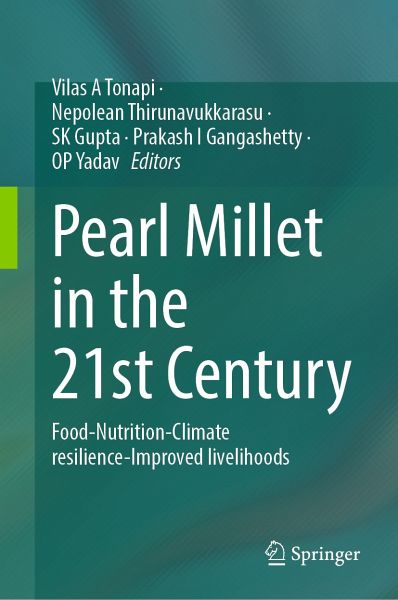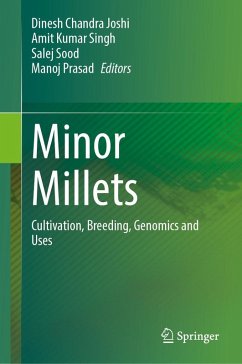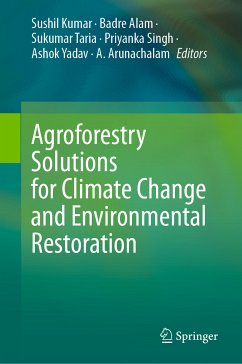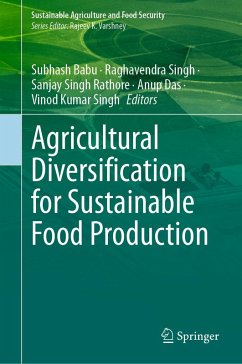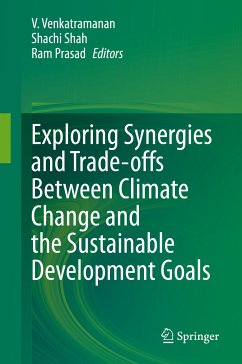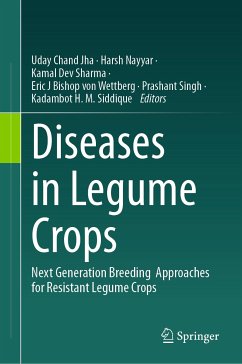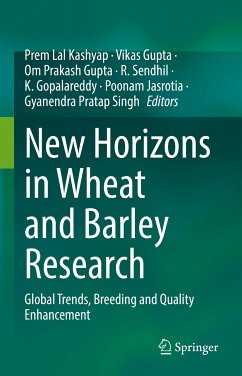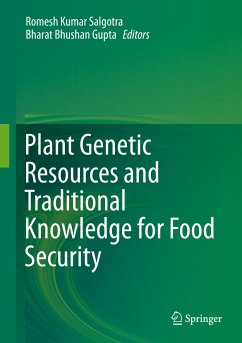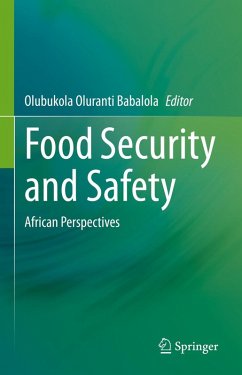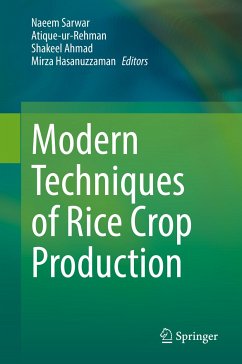Dr. Vilas A. Tonapi Dr. Vilas A. Tonapi is Former Director of ICAR-Indian Institute of Millets Research (IIMR), Hyderabad with 35 years of Research, Administrative and Academic experience. He also served as Head, Division of Seed Science and Technology, Indian Agricultural Research Institute, New Delhi. His special attainments include Planning and management of crop improvement programs for food and nutrition security, Participatory seed system development, Protection of Plant varieties and IPR management. His team's dedicated efforts lead to celebration of "National Year of Millets" in 2018-19, notification of "Millets" as "Nutri-cereals", and international year of Millets 2023. He established "Technology Business Incubator" called "Nutrihub", which has created 500+ Millet start-ups. In his tenure IIMR bagged prestigious "Sardar Patel Outstanding ICAR Institution Award 2018", "Chaudhary Devi Lal Outstanding All India Coordinated Research Project Award 2019"and "Kirloskar Vasundhara Mitra Award 2022". He received RV Swaminathan Gold medal for his Ph.D, and distinguished service award by Seedsmen Association. He has 60 research papers in peer reviewed journals, 30 books, and 75 papers in National and International seminars. He is now working with Advanta Seeds, a UPL- group company Dr. Nepolean Thirunavukkarasu Dr. Nepolean Thirunavukkarasu has played a significant role in national and international crop improvement programs. He has contributed to both basic and strategic research through molecular breeding, quantitative genetics, and genomics approaches. His research has led to the identification of important QTLs and functional genes responsible for biotic and abiotic stress tolerances, nutritional qualities, and yield traits. His work has also facilitated technology development in staple crops through the creation of genetic stocks, mapping populations, RILs, genetic linkage maps, and genome-wide SNPs. Furthermore, he has demonstrated the proof of concept of linkage disequilibrium-based association mapping and genomic selection models for the first time in national research programs. This research has helped to better understand the genetics of drought tolerance in cereals. He has also contributed to planning and implementing marker-assisted breeding strategies. His work has led to the development of maize hybrid products that sustain yield in rain-fed ecologies while eliminating the scourge of micronutrient malnutrition. Dr S K Gupta SK Gupta, Principal Scientist, heads pearl millet breeding research at ICRISAT-India. Since 2008, his focus has been on developing hybrid parents (both seed and restorer parents) of pearl millet with high productivity, rich in nutrition, and along with abiotic and biotic stress tolerances. He coordinated breeding activities of the South-Asian and African pearl milletbreeding programs in different projects. He collaborated with several Central Asian countries to identify pearl millet cultivars suitable for salinity affected areas. While partnering with multiple ARIs, he coordinated the standardization of genomic selection model for pearl millet, identified mechanisms of flowering period heat tolerance in pearl millet, development of heterotic pools and the development of high biomass pearl millet for forage and 2G biofuels. He coordinates with about 30 International and regional seed companies to enhance productivity of pearl millet in different ecologies. He has won several research awards, mentored several PhD scholars, and published about 120 research papers. Prakash I Gangashetty, PhD, PDF (UK) Dr Prakash is recipient of Monsanto's Beachell- Borlaug international fellowship. He led Africa's pearl millet improvement program from January 2015 to 2021. His major achievements have been the identification and utilization of the striga-resistant line in pearl millet; the development and successful release of Africa's first Fe-biofortified millet variety "CHAKTI" and hybrid "Nafagnon" in West Africa. He has been the leading principal investigator for BMGF-funded Striga control in pearl millet and sorghum, HarvestPlus challenge biofortification program for West Africa. UK innovates funded a project on Delivering low GI pearl millet to control type2 diabetics in the African population & SMIL lab of the Feed the Future funded a project. He has received several awards such as the Bayer Ted Crosbie- Beachell-Borlaug impact award in 2020, the promising young scientist award in 2018 for outstanding pearl millet breeding work in West Africa, and the Resource mobilizer award in 2019. He has guided 1 PDF, 4 PhD scholars, and 5 master's students. He has published more than 65 journal articles with citations exceeding 350 Dr O P Yadav Dr. O.P Yadav has morethan 34 years of experience of research and management in India and abroad. Presently, he is Director of the ICAR-Central Arid Zone Research Institute (CAZRI), Jodhpur since 2015. Under his leadership, CAZRI has won the Best Institute Award of the Indian Council of Agricultural Research, Department of Agricultural Research & Education, Government of India. Earlier he worked as the Director of the ICAR-Indian Institute of Maize Research and Coordinator of Pearl Millet Improvement Programme of India. He is an accomplished plant breeder and research efforts of his team have led to release of 11 commercial cultivars including bio-fortifed hybrids and varieties that are largely grown in India. He is having wide experience in seed production of crops and management of natural resources especially in drylands. He has been awarded Rafi Ahmed Kidwai Award for Outstanding Research in Agricultural Sciences, the highest award in India for conducting exceptional research work with highimpact at farmers' field. He is Fellow of the Indian National Science Academy (INSA), National Academy of Science, India (NASI), National Academy of Agricultural Sciences (NAAS) and several other academies. He has more than 300 publications in high impact international journals.
